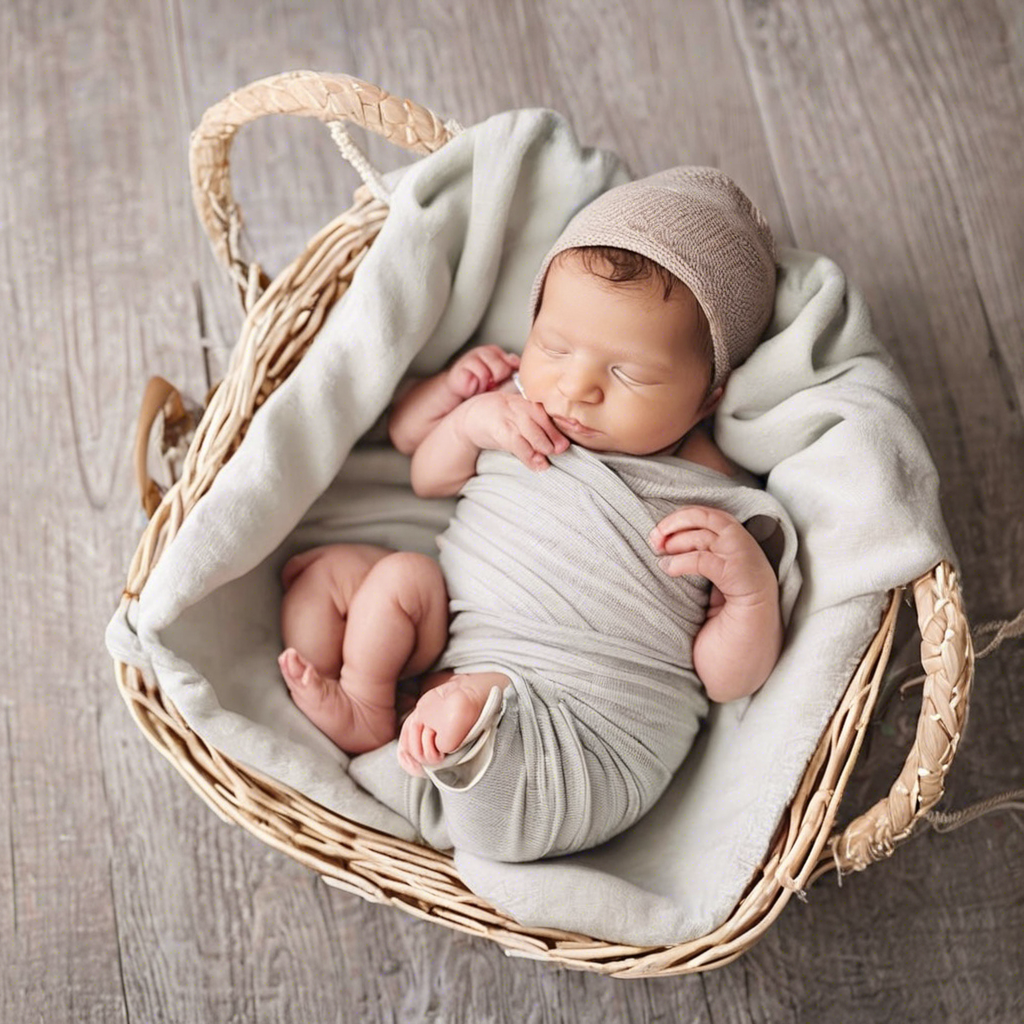Bringing a newborn home is an exciting yet overwhelming experience for new parents. The delicate nature of a baby requires a carefully prepared environment to ensure their safety and well-being. While every home may seem safe at first glance, common household hazards can pose risks to infants. By understanding potential dangers and taking the right precautions, parents can create a secure space where their baby can thrive.
Baby-proofing the home starts before the newborn arrives. Parents should conduct a thorough safety inspection, removing sharp objects, securing furniture, and installing protective gear. Electrical outlets should be covered, and cords must be kept out of reach to prevent accidental strangulation. Sharp edges on tables and other furniture can be covered with corner guards to prevent injuries. Small objects that pose a choking hazard should be stored away, as babies tend to explore by putting things in their mouths.
The sleeping environment is one of the most crucial aspects of newborn safety. The crib should meet safety standards, with a firm mattress and fitted sheets. Soft bedding, pillows, and stuffed animals can increase the risk of suffocation and sudden infant death syndrome (SIDS). The safest sleeping position for an infant is on their back, as recommended by pediatricians worldwide. Crib bumpers, although decorative, should be avoided due to the risk of entrapment and suffocation. Additionally, the crib should be positioned away from windows, curtains, and blinds to prevent entanglement.
Temperature regulation is another important factor in newborn safety. Babies have a limited ability to regulate their body temperature, making them vulnerable to overheating or chilling. The ideal room temperature for a newborn is between 68-72°F (20-22°C). Overdressing a baby can lead to overheating, which has been linked to SIDS. Instead of heavy blankets, parents should opt for a sleep sack or wearable blanket to keep their baby warm and safe.
Bath time can be a joyful bonding experience but also poses significant risks if not handled carefully. Water temperature should be checked before placing the baby in the bath, ideally kept around 100°F (37°C) to prevent burns. Never leave a baby unattended in the water, even for a second. Babies can drown in as little as an inch of water, making constant supervision essential. A non-slip mat in the bathtub can provide additional safety, and all bathing supplies should be within reach to avoid the need to step away.
Feeding safety is another crucial aspect of newborn care. Whether breastfed or bottle-fed, a baby should always be held upright during feedings to prevent choking. Bottles should not be propped up or left in the baby’s mouth while unattended. If using formula, parents must ensure proper preparation and sterilization of bottles to avoid bacterial contamination. Burping a baby after feeding helps reduce gas buildup and the risk of spit-up-related choking incidents.
Chemical and toxin exposure is a hidden danger in many households. Cleaning products, medications, and cosmetics should be stored in locked cabinets out of reach. Even common household plants can be toxic if ingested, so it’s important to research and remove any that pose a risk. Air quality is also essential for a newborn’s health; parents should avoid smoking indoors and consider using an air purifier to reduce allergens and pollutants.
Car safety begins the moment a newborn leaves the hospital. A properly installed, rear-facing car seat is the safest way to transport a baby. The car seat should meet safety standards and be securely fastened according to the manufacturer’s guidelines. Loose straps or improper positioning can compromise safety in the event of an accident. Car seats should never be placed in the front seat or used for extended sleep outside of the vehicle, as this increases the risk of positional asphyxia.
Pet safety is another factor to consider when bringing a newborn home. While pets can be loving companions, they may not immediately understand their new role in the family. Gradual introductions and supervision are key to ensuring a positive relationship between the baby and the pet. Never leave a baby alone with a pet, no matter how gentle the animal may seem. Teaching pets to respect the baby’s space and monitoring their interactions help prevent accidental injuries.
As babies grow, their curiosity leads them to explore their surroundings, making ongoing safety adjustments necessary. Cabinet locks, stair gates, and outlet covers should be installed before a baby becomes mobile. Heavy furniture and televisions should be anchored to the wall to prevent tip-over accidents. Parents should regularly scan the home for new hazards, ensuring a continuously safe environment as their baby develops new skills.
Emergency preparedness is an often-overlooked aspect of newborn safety. Parents should have a first-aid kit readily available and learn basic infant CPR in case of emergencies. Contact numbers for emergency services and the pediatrician should be easily accessible. Having a plan in place for fire safety, including smoke detectors and an evacuation strategy, adds an extra layer of protection for the entire family.
A newborn’s safety depends on a proactive approach to creating a secure and nurturing environment. By implementing preventative measures and staying informed about potential risks, parents can significantly reduce dangers in the home. While parenting comes with challenges, taking the right precautions allows families to focus on bonding and cherishing the early moments with their little one.

